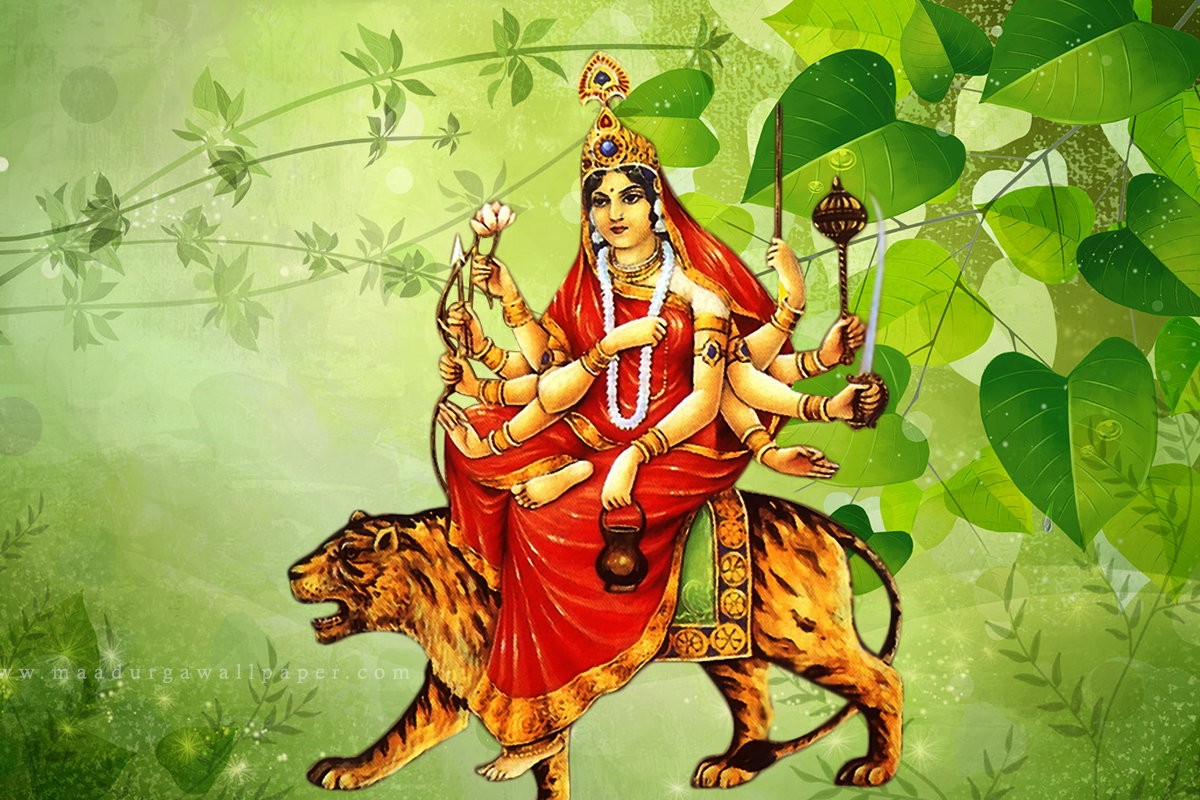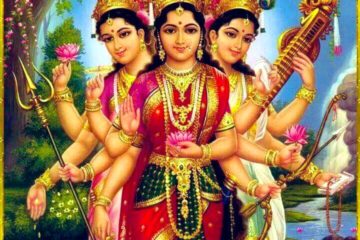As a festival that is celebrated with great enthusiasm and devotion by Hindus all over the world, Navaratri is a nine-night extravaganza that is full of joy, spirituality, and cultural significance. Each day of this festival holds a unique and profound meaning, reflective of the multifaceted nature of this grand celebration. In this blog post, we will take a deep dive into the significance and cultural aspects of Navaratri Day 3, so that you can gain a better understanding of this vibrant and meaningful festival.
Navaratri Overview
- Navaratri is a Hindu festival celebrated for nine nights and ten days in honor of the divine feminine energy, which is often personified as Goddess Durga or Shakti. The festival usually falls between September and October, marking the transition from summer to autumn.
- During these nine nights, devotees worship various forms of the goddess, observe fasting, engage in cultural and religious activities, and perform traditional dances such as Garba and Dandiya.
Navaratri Day 3: Worship of Chandraghanta
- As the Navaratri festival progresses, the third day is dedicated to the worship of the divine feminine in the form of Chandraghanta. This form of the goddess is depicted with a graceful crescent moon adorning her forehead, which gives her the name “Chandra,” meaning moon, and “Ghanta,” meaning bell.
- Her divine aura is enhanced by her majestic ride on a ferocious tiger. She has ten hands, each of which holds a different weapon that represents her power to protect her devotees.
Significance of Chandraghanta
Chandraghanta represents strength, bravery, and courage. Her symbolism of the crescent moon signifies the constant evolution of time, and her association with the bell is believed to ward off negative energies and evil spirits. Worshiping Chandraghanta is believed to bestow peace, serenity, and fearlessness upon devotees.
Celebration of Navaratri Day 3
- On the third day of Navaratri, devotees wake up early to perform a special puja to honor Chandraghanta. This involves offering flowers, incense, and various traditional sweets and fruits while chanting mantras and singing devotional songs.
- Many Hindus observe a fast on this day, consuming only milk and fruits to purify their minds and bodies. Some people choose to fast for all nine days. Women traditionally wear yellow outfits, as it is considered auspicious and represents the color of the goddess.
- The Garba and Dandiya dances come alive in the evenings when communities organize events for people to dance in circles to traditional folk music. These dances are not only for celebration but also a way to connect with the divine through rhythmic movements.
- Navaratri fosters a sense of community and togetherness as people come together to celebrate, exchange blessings, and strengthen their social bonds. Many regions showcase traditional art forms and cultural performances during Navratri, highlighting the rich cultural diversity within Hinduism. Devotees often make offerings to the goddess and engage in acts of charity during this auspicious time.
On the third day of Navaratri, devotees worship Chandraghanta with great zeal and fervor. This auspicious day is observed with fasting, prayer, and celebration, and it offers a glimpse of the rich cultural heritage of India. It signifies the victory of righteousness over malevolence and emphasizes the significance of having inner strength and bravery to confront the obstacles of life. As the festival progresses, each day is an opportunity to pay homage to a different form of the goddess, accompanied by distinctive customs and festivities. Navaratri serves as a poignant reminder of the potency of faith, harmony, and spiritualism in our existence.




